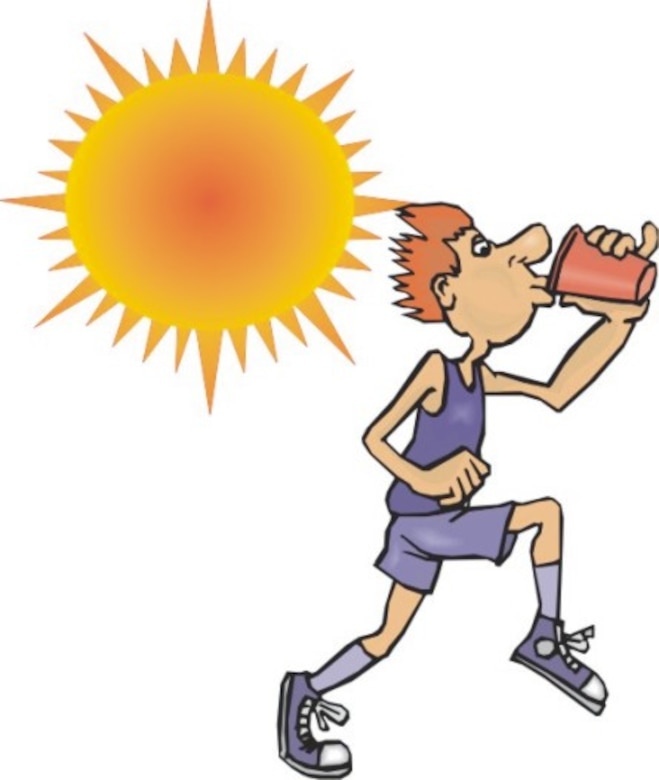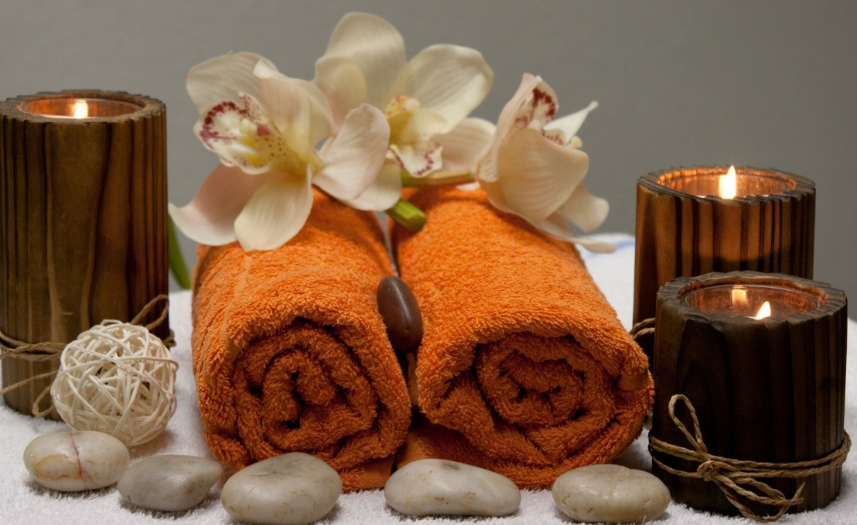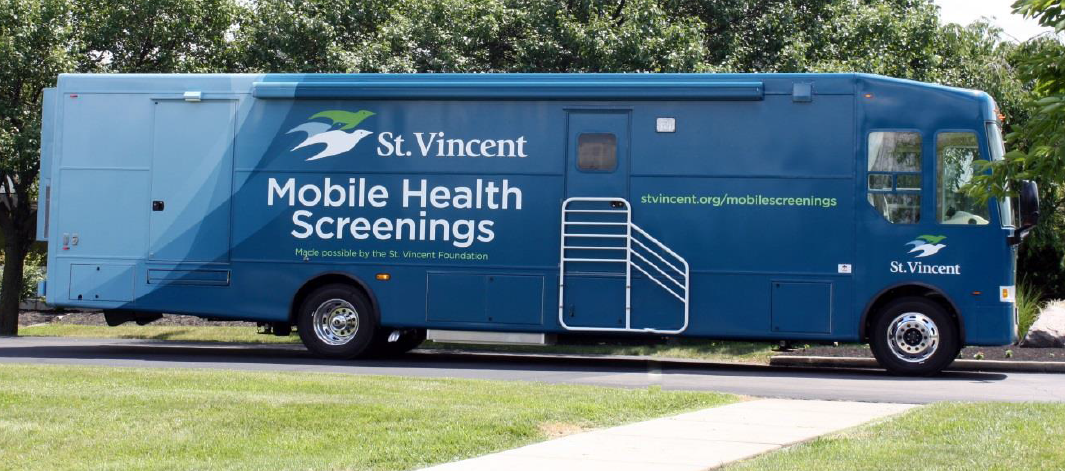 How to Establish a Wake-up Routine for a Good Morning Every Morning
How to Establish a Wake-up Routine for a Good Morning Every Morning
Good sleep habits and an effective morning routine can help you wake up feeling energized and prepared for the day ahead. Try these tips and techniques to start your day right.
A New Day Dawns
We’ve all had one of those days: groggy all morning, lethargic through lunch, and cranky all afternoon. You know one reason for your muddled brain and foul mood: sleep — not enough of it, and not the right kind. It would be nice if bedtimes and wake-up routines were only important in our childhood years, but adults can also benefit from a bit of early-hour planning.
If you haven’t been hopping out of bed each morning, ready to crush your to-do list, these handy techniques might help.
Ready!
Quantity Counts: The foundation to a good morning starts with getting the right amount of sleep. Even adults need a solid 7-9 hours (yes, really!), so make sure you hit the sack at the right time the night before.
Feel the Rhythm: Quantity is important, but timing also matters. Your body and brain work best with a set wake-up time to keep your biological rhythms synced.1 Don’t vary your wake-up time too much — it can throw off your system from its natural routine.
Nightly Recharge: If you think you can skimp on sleep for a few nights and make up for it with a lazy day later on, think again. Make sure you’re getting a full charge of sleep every night to so you’re ready for the next day.
Set!
Snoozing Sucks: Turning your car on and off isn’t the best way to get it warmed up in the morning, and it’s no good for your brain, either. Hitting snooze to nod off for another restless 5 minutes may only leave you groggier when you wake up for a second (or third) time.2
Good Morning, Sunshine: If you can, wake up to bright, natural sunlight streaming through your window. If you can’t, at least get indoor lights going (and no, the glare of your cell phone screen isn’t enough). Research suggests that morning light can help you wake up more naturally and quickly.3
Get Moving: And not just to check your email — in fact, skip the tech if you can. Instead, get in a morning walk to start the day off right. Good sleep and exercise go hand in hand: moving your body will help you wake up in the morning and sleep better later that night.
Go!
Break Your Fast: You’ve gone all night without eating, and some of the latest research still shows that breakfast is the most important meal of the day for staying fit and healthy.4 Prepare your breakfast the night before so it’s ready to go.
Pep Talks: If the day seems daunting, set aside a few minutes to get pumped. Maybe it’s meditation or prayer, or a bit of yoga — you do you! Focusing on your mental wellbeing for ten minutes can help with stress and anxiety over the next ten hours.5
Jump In: Once you’re ready to dive into the day, it’s a good habit to tackle the hardest tasks first. Research shows that your brain is at peak power at mid-morning, so that’s the best time for difficult tasks.6 Moreover, if you get the big stuff out of the way, the rest of the day feels like a breeze.
Ready for a better night’s sleep?
Start now with a “go to bed” alarm. It only takes a few seconds to start your new bedtime routine.
- Just take out your phone and set a “go to bed” alarm. This will tell you when it’s time to turn off the TV, log off social media and wind down for the night.
- Make sure the alarm repeats every day, so you’ll get the 7-9 hours of rest your body needs.
Tomorrow morning, wake up right, so you can be Healthy For Good!






